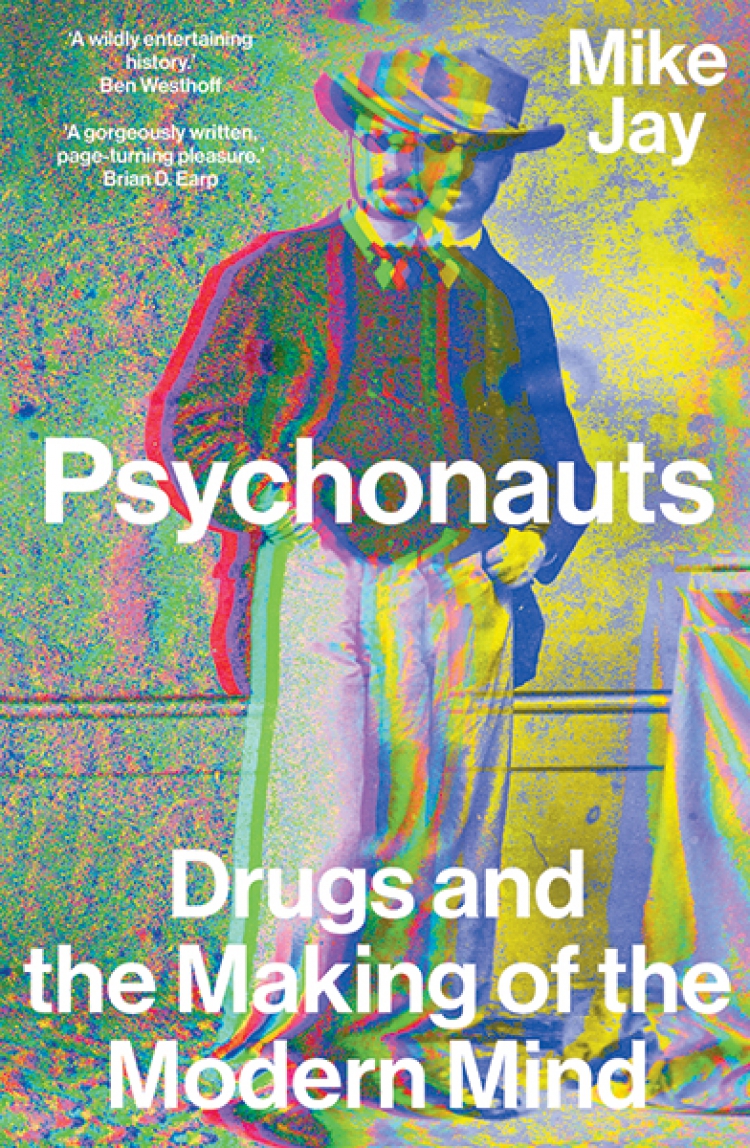Before writing this review, I got hold of some tiny canisters of nitrous oxide, filled a balloon or two, and, watched by my bemused wife, breathed it in. It gave me no more of a buzz than smoking a cigarette. I must have been doing it wrong, because according to Mike Jay’s compelling new history of narcotic self-exploration, it was when the chemist Humphry Davy began inhaling this newly discovered gas in Bristol in 1799, sometimes in the company of the poet Coleridge, that he started a revolution. On a high, the pint-sized Cornishman declared that “Nothing exists but thoughts!
This perception wasn’t new, of course. Bishop Berkeley had made it the cornerstone of his philosophy. Yet for Davy, it felt transformative. Another laughing gas lover, the psychologist William James, later observed that there are two types of people: the once-born and the twice-born. The once-born accept the world as it is and get on with it. The twice-born have a life-changing insight. They are converts. They are visionaries. They are the questing, drug-ingesting “psychonauts”, or soul-explorers, who form the focus of this fascinating book.
The medical applications of narcotics and stimulants have been important, if sometimes banal-seeming beside the grand pronouncements they elicit. After Davy’s experiments, for instance, nitrous oxide first became a staple of vaudeville turns. Volunteers would breathe the gas, then caper about, while on-lookers tittered. Then in Connecticut in 1844, a dentist named Horace Wells, who happened to be in the audience, saw a participant injure himself but feel no pain. Wells introduced nitrous oxide into his work and thereby contributed to a new era in anaesthetics. Similarly, after Sigmund Freud’s self-experiments with cocaine in Austria in the 1890s, one of his colleagues adopted the drug as an analgesic in eye surgery.
If this now seems shocking, that’s because the reputation of drugs has ebbed and flowed. Jay smartly signals one of the sea-changes by reference to Sherlock Holmes. In the 1890s, Conan Doyle presented his detective’s cocaine habit as the exotic eccentricity of a bohemian. Then in 1904, he declared primly that Watson had “weaned” the great man from his “drug mania”. One reason for the shift in tone was that Collier’s, the company that published Conan Doyle’s stories in America, was in the midst of an anti-drugs crusade. Broadly, Jay presents the 19th century as “the age of the individual”, in which almost everyone had a jolly time trying out new drugs, and the 20th century as “the progressive era”, when things got serious.
Where the book is weaker is in landing its secondary argument. As his subtitle suggests, Jay believes drug experimentation not only coincided with, but also influenced the birth of “the modern mind”. But there’s no rigorous analysis of what this might mean. Jean Lorrain’s ether-fuelled stories in the 1890s, we’re told, “anticipate” the stream of consciousness approach to fiction. Similarly, the new visions of Cubism and Surrealism arose around the same time. Was this coincidence or influence? For sure, Jay can name artists who were inspired by drug-taking. Equally, there were many who weren’t. Later he asserts that “The modernist art and culture of the generation to come, with its fractured and unfamiliar perspectives, dedicated itself to breaking through the veil of everyday reality to a world of pure experience.” But this wasn’t all modernists tried to do, nor did all modernism try to do it.
Nevertheless, the author’s central schtick, that the history of drugs is more venerable and complex than many assume, is clearly right and not something you get taught at school. The complexities continue. The government recently announced its intention to criminalise possession of nitrous oxide. On the other hand, recent research has shown that the effect of some drugs mimics mental illness. In that case, can they also be used to treat it? Some are now even talking of a “psychedelic renaissance”. If that’s so, it won’t only be the psychonauts who have been twice-born. It will be the drugs themselves.

